The Stunningly varied embroidered textiles illustrated in this catalogue present a visual record of Parsi women’s and children’s clothing from the mid-nineteenth century. Descended from Zoroastrian emigrants who sailed from Iran to escape religious persecution in the eighth century, the Parsis settled on the west coast of India. Over the centuries, they integrated themselves into Indian society while retaining their distinct religious traditions and overall ethnic identity, especially in their special occasion and ceremonial dress.
This first ever dedicated to Parsi embroidered textiles begins with the remarkable story of the Persian ‘boat people’ who, by the latter half of the nineteenth century, became successful international traders, bankers, shipbuilders, educationists and lawyers.
Exploring the interplay between colonial commerce and cultural transmission, the book examines the splendidly worked garas (saris), jhablas (tunics), ijars (pyjamas), kors (borders) and topic (caps) from the TAPI collection. The development of the Parsi sartorial heritage is scanned against the backdrop of their commercial connections with China, and their symbiotic relationship with the British. By the third quarter of the nineteenth century, the taste for traditional Indian embroidery and textiles is seen to give way to a preference for China-made silks and Chinese embroideries, a taste that has survived into the twenty first century.
Contributions buy scholars from different disciplines reveal how Chinese patterns betokening an exotic and distant source–with motifs such as the peony and the peacock, the pleasure pavilion and pagoda, came to be subsumed into the fashion vocabulary of Parsi dress, reflecting wealth, sophistication and privilege. Illustrated with fine examples from the TAPI collection, the visual appeal of this volume is enlivened by portraits rare lithographs and photographs drawn from indigenous and international sources.
Informative and visually enticing, this catalogue will be of great interest to curators, students of textile history and design aficionados.


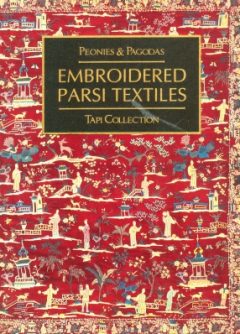
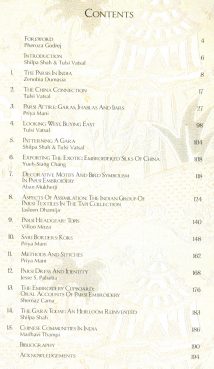
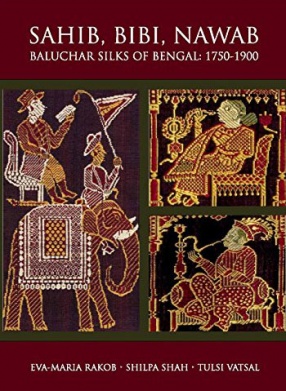
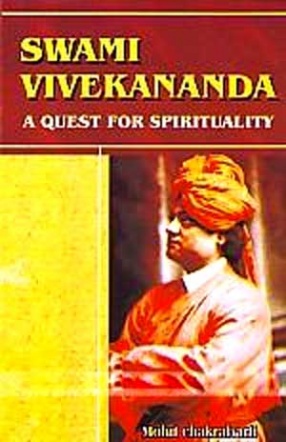

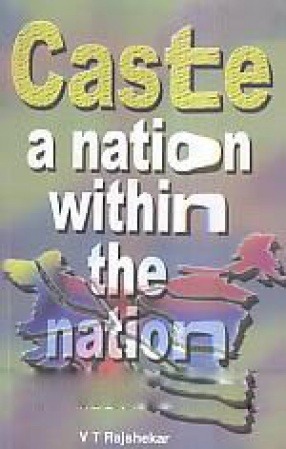
There are no reviews yet.